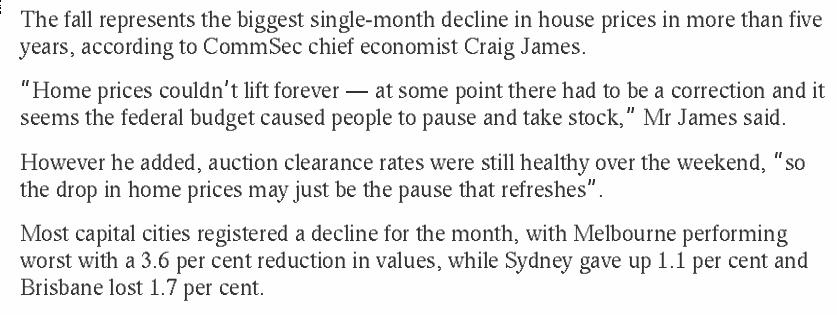In over 50 years we've not seen such an extended period of low short-term interest rates. These low rates likely also creating historically anomalous flows of credit.
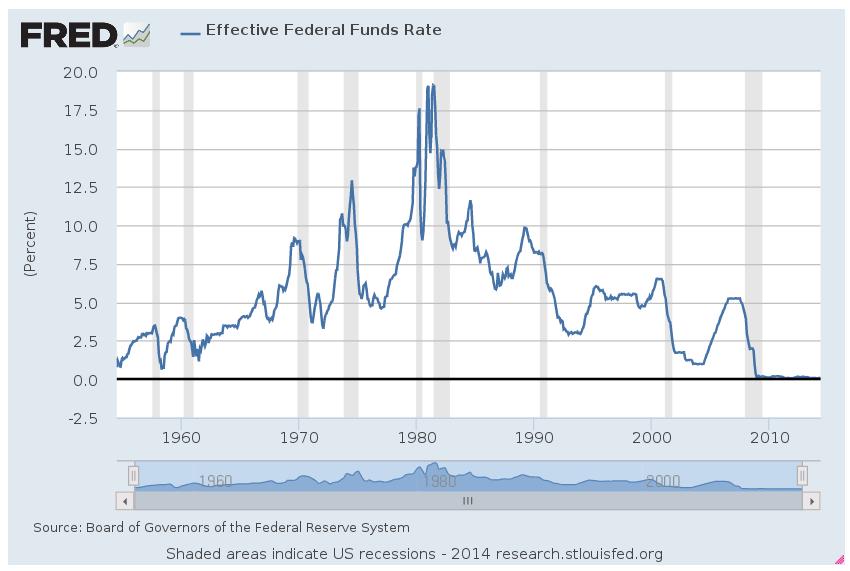
Investors with cash usually ladder some amount in CDs, however the short-term rates currently available seem quite low.
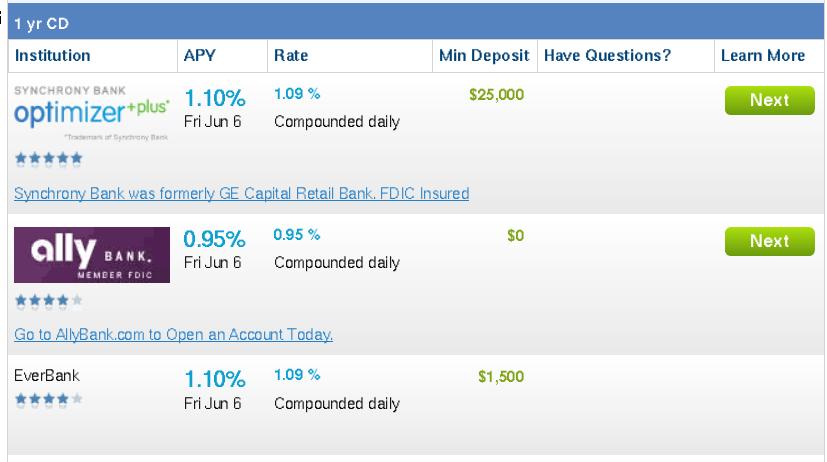
They are so low that they don't even cover inflation. Investors are facing real returns of 0% or less in the commercial banking world.
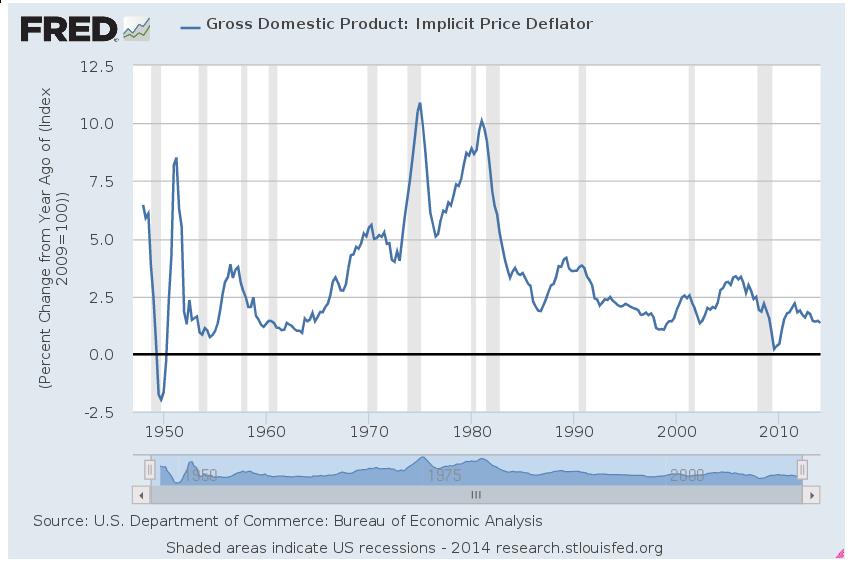
While in the p2p US lending markets, rates for loans in the 0-2% default category stand at 6%, implying a real yield of 5%.
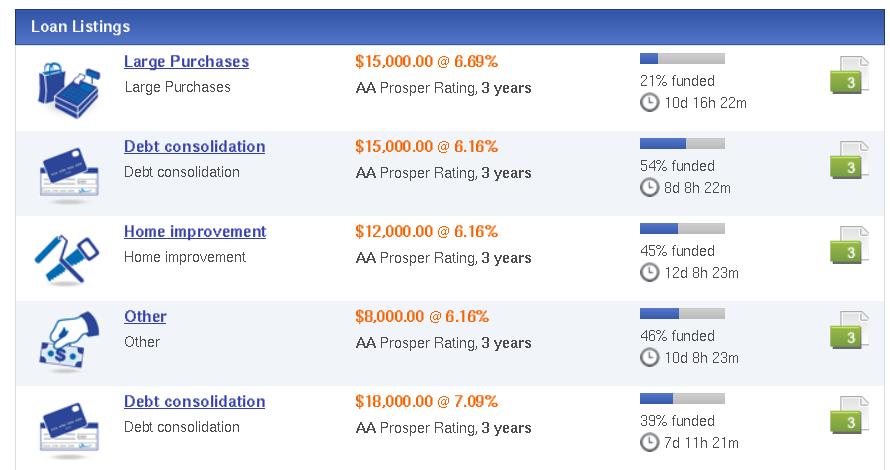
And in the p2p CN lending markets, the same loans have interest rates around 9% (p.a. though the term is 6-12 months), which with a government-data-supplied inflation rate of 3.5%, implies a real rate of ~5.5%.
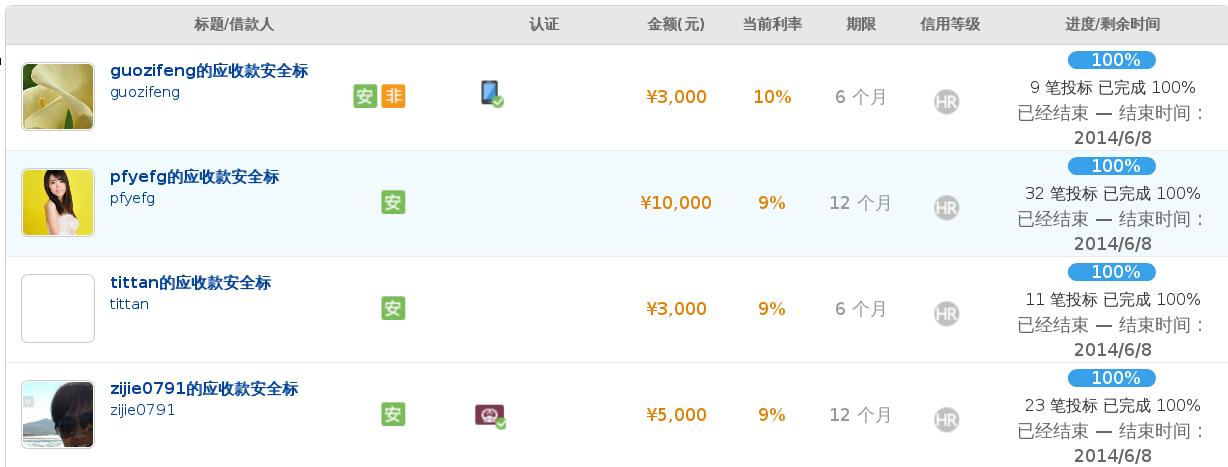
Econ nerd aside: since the real rates are roughly equivalent, then the capital controls of both markets are also roughly equivalent in terms of effectiveness.
Odd that we have equivalent rates for individuals, yet we hear stories of credit difficulties for organizations....
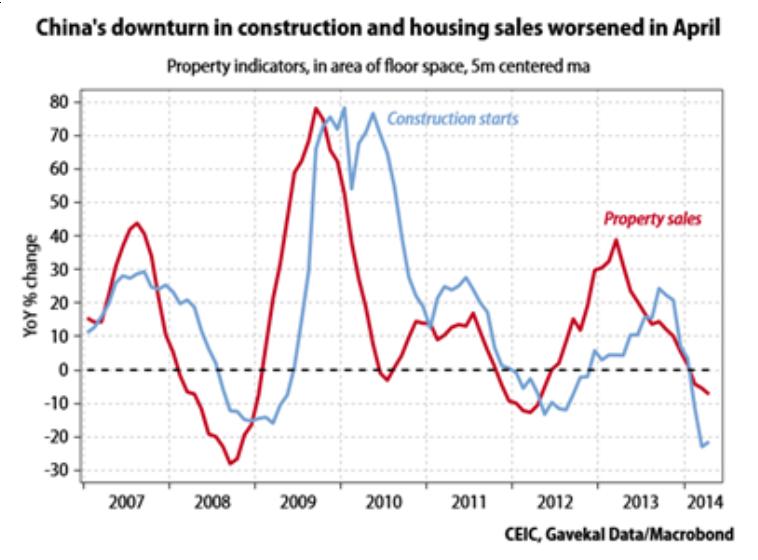
With unsold inventory climbing...
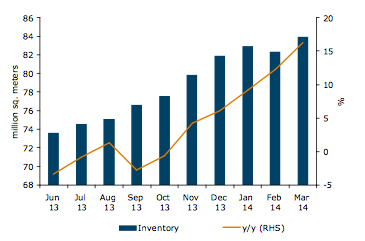
Versus historical levels of inventory.
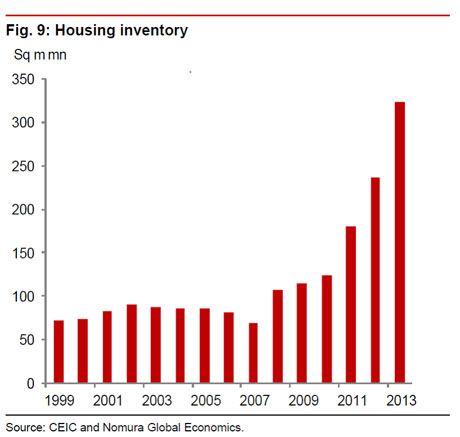
We know that developers are increasingly in trouble, so the money to pay for the concrete, copper, steel, workers' pay has to be coming from someplace. Either developers are still paying, or someone else is....
And it's probably not the manufacturers, as they're sitting on massive investment that's underperforming / being underused.
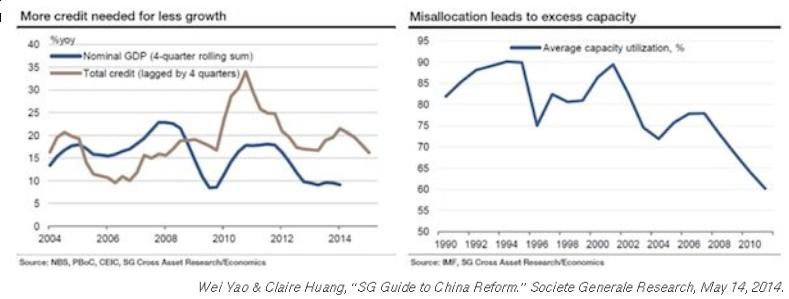
We're not going to know how much cash CN gov't is willing to roll into a stimulus. We might be able to estimate the size of the problem.
We also know that governance issues usually end in some kind of purge of "bad people". Since no one is ever completely clean, we can gauge the Worry Index by people's cleaning-house activities: money laundering whatever cash they have, and whitewashing their lifestyles (unhappy or disappeared mistresses).
Deutsche Bank and Sober Look are expecting another trough like previous years, as one only has to destroy the old buildings and let in several million immigrants to fix the demand problem.
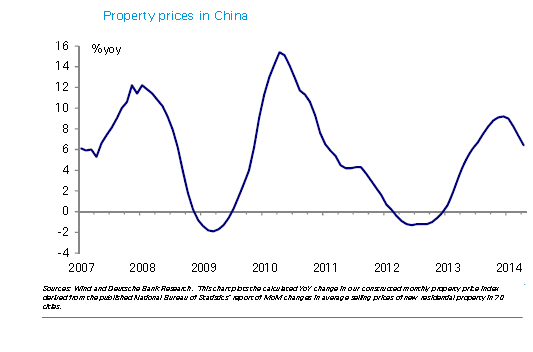
Meanwhile, around other parts of asia, prices have already started falling. First Singapore...

Then Australia, as of June 2014.
